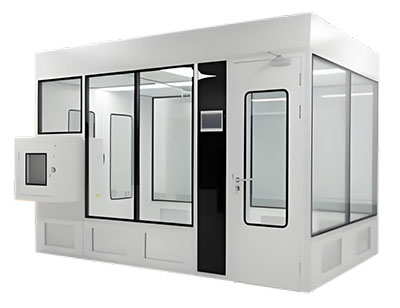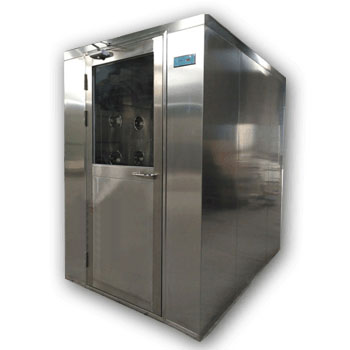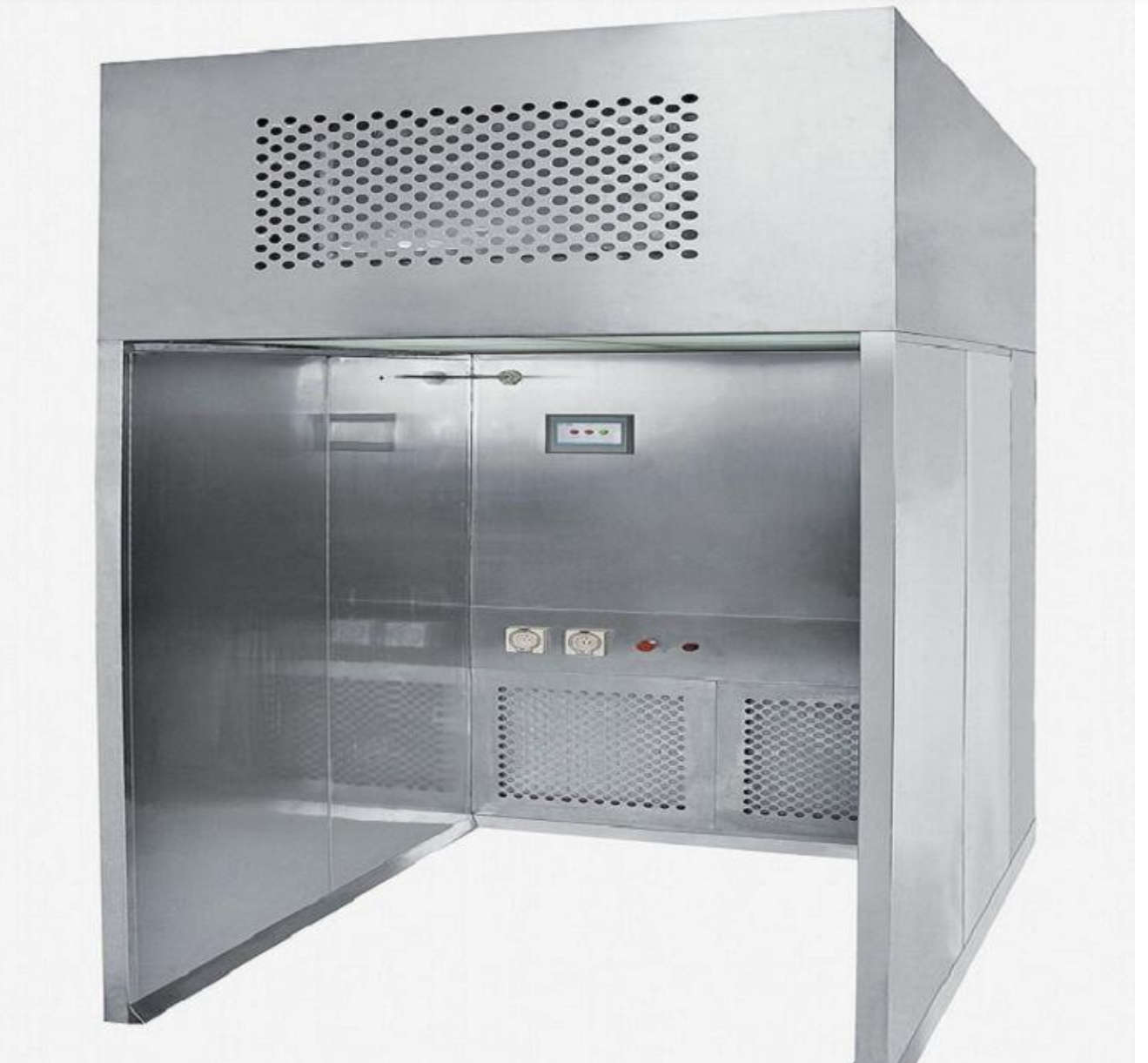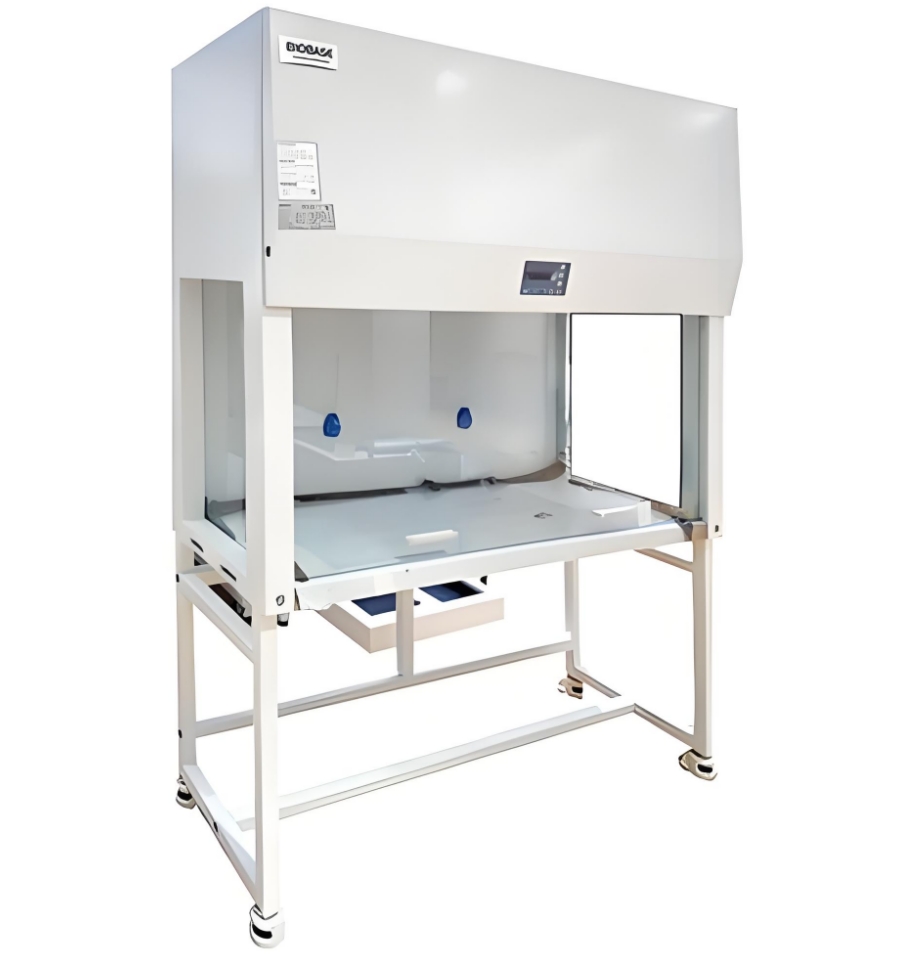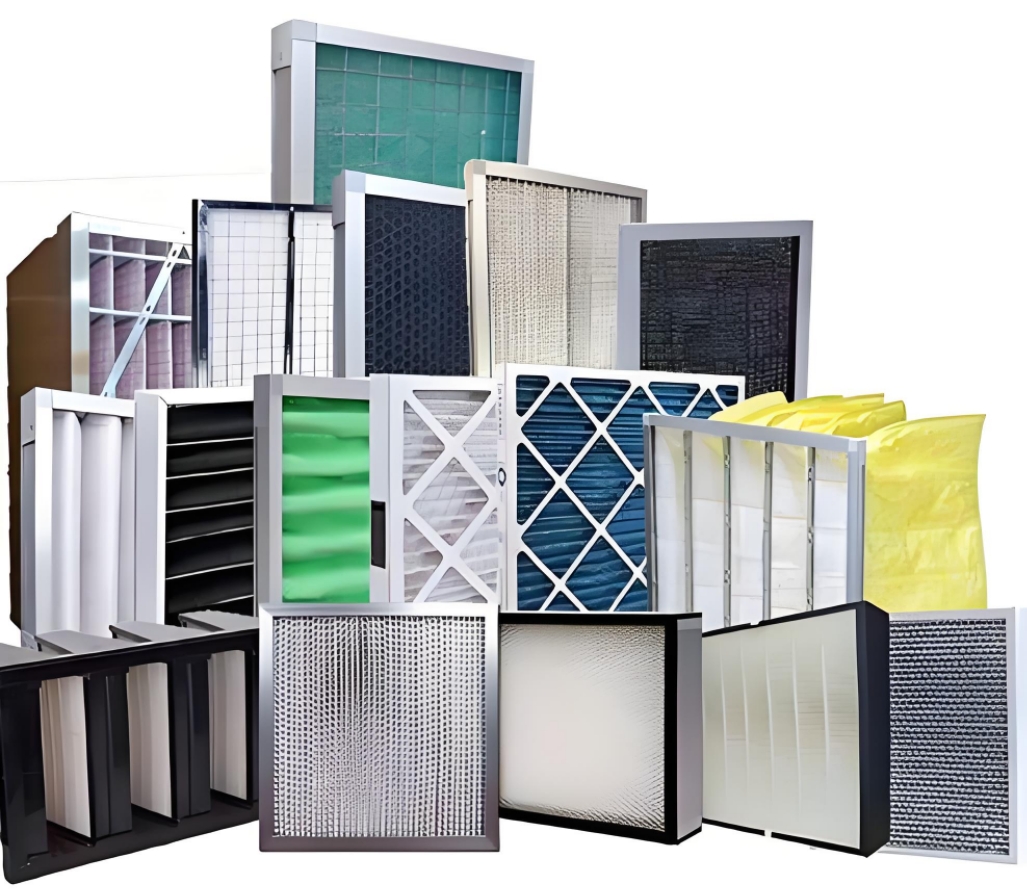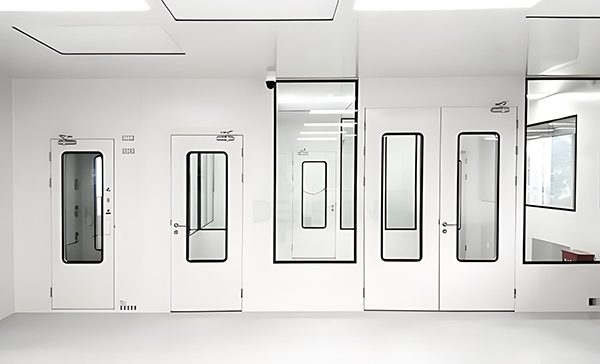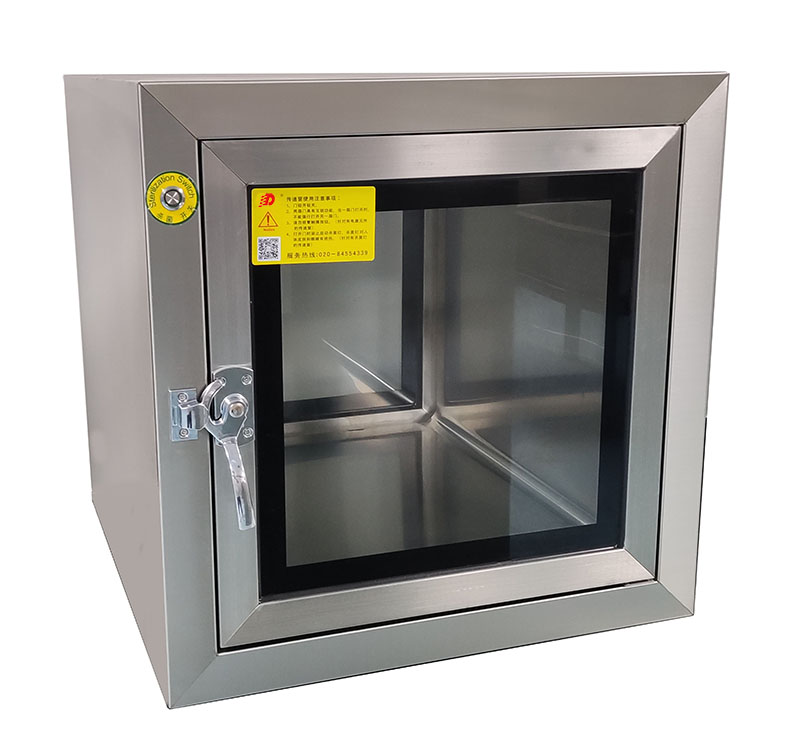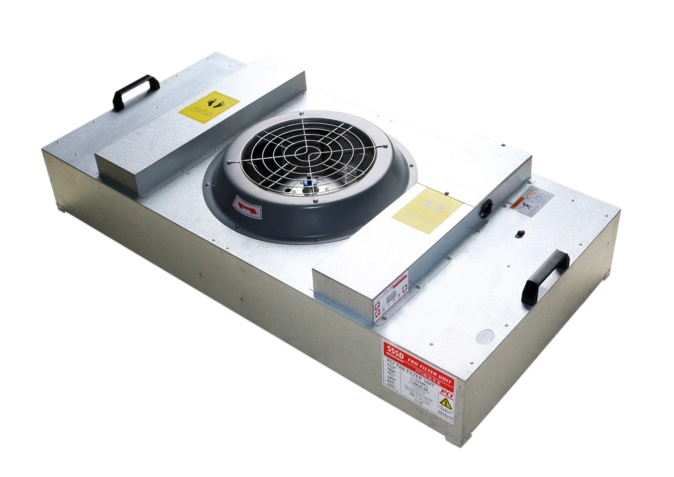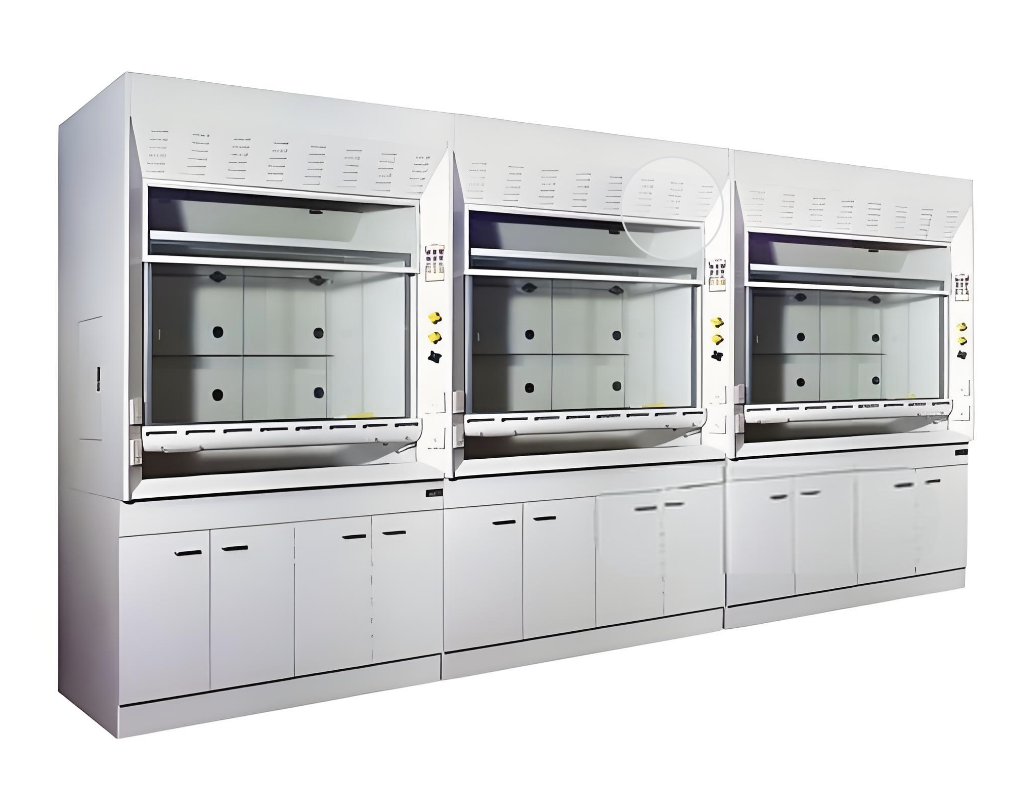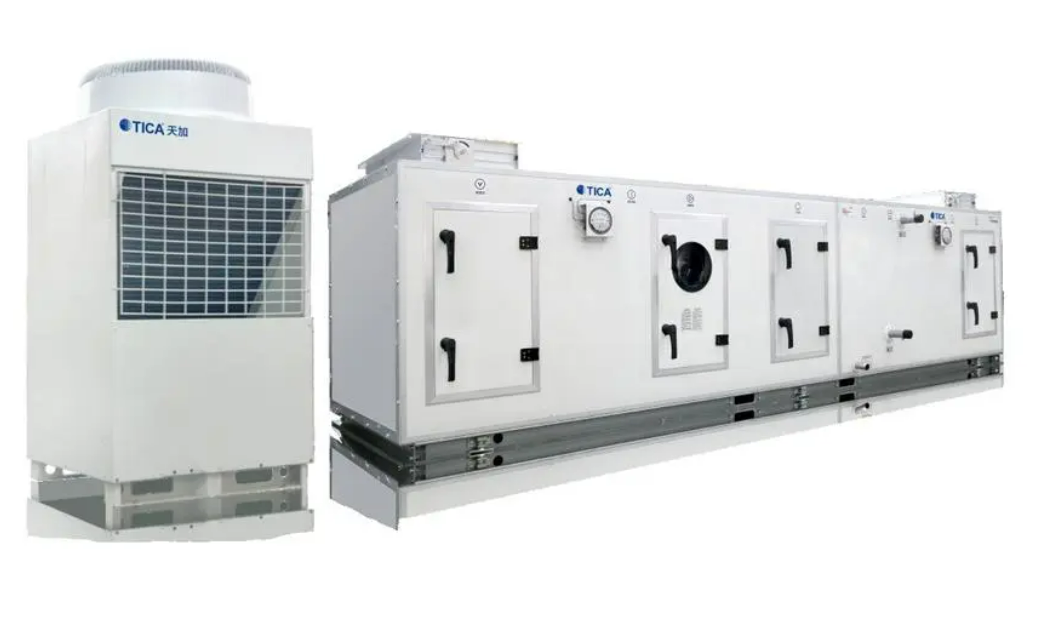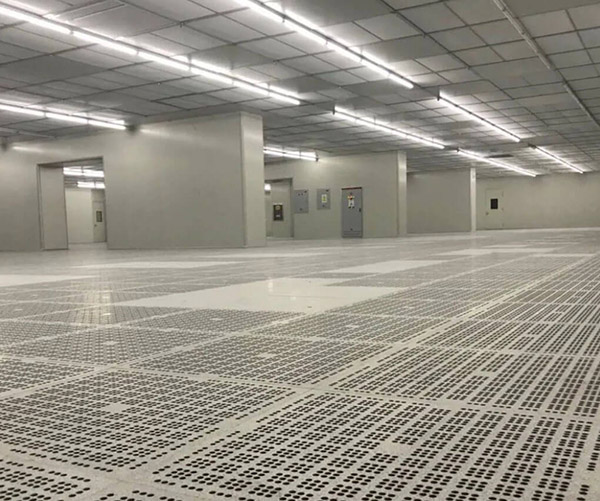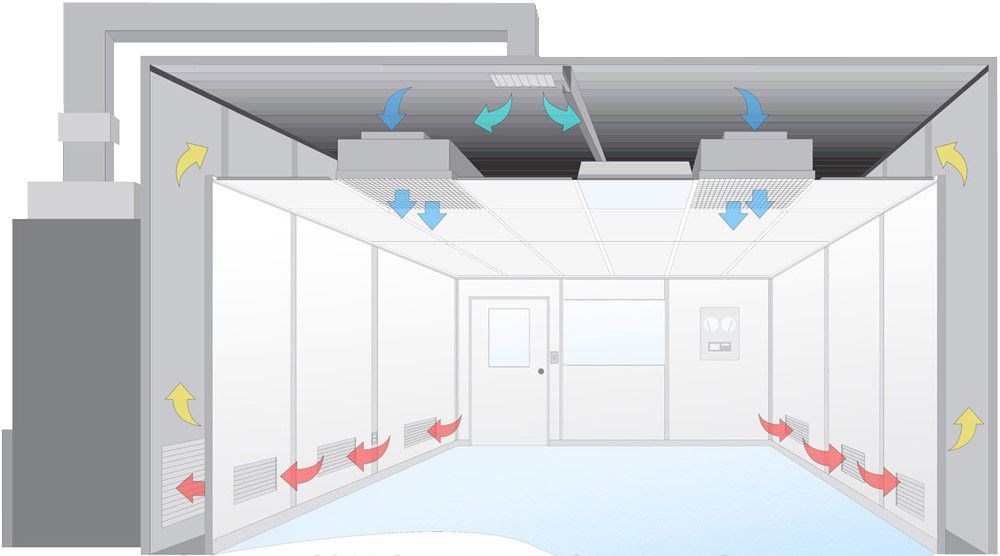Medical Laboratory Safety Standards
Comprehensive guidelines for ensuring safety and compliance in medical laboratory environments
Introduction
This standard specifies the requirements for safe behavior in medical laboratories. It provides comprehensive guidelines to ensure the safety of personnel, visitors, and the environment while handling various materials and equipment.
Scope
This standard applies to all medical laboratories handling biological, chemical, or radiological materials. It covers requirements for facility design, equipment, personnel training, waste management, and emergency procedures.
Normative References
The following references are essential for the application of this standard:
- ISO 15189:2003 Medical laboratories - Particular requirements for quality and competence
- IEC 61010-1:2001 Safety requirements for electrical equipment
- EN 12469:2000 Biotechnology - Performance criteria for microbiological safety cabinets
Terms and Definitions
This standard adopts the terms and definitions specified in ISO 15189 and the following:
| Term | Definition |
|---|---|
| Aerosol | A system formed by particles dispersed in a gas, smoke or mist. |
| Antiseptic | A method of using chemical agents to prevent infection in wounds or clinical procedures. |
| Biological agents | All microorganisms that may cause infection, allergy or poisoning, including genetically modified, cell cultured and parasitic organisms. |
| Decontamination | The process of removing or reducing microorganisms or toxins to a safe level of infectivity or other harmfulness. |
| Ergonomics | The discipline that studies the efficiency of people in the working environment, including biomechanics, labor physiology, and human-machine interface. |
Risk Classification
Biological factors are divided into 4 risk levels based on their potential danger to individuals and groups:
Level I Risk
Low individual and group risk
Microorganisms that do not cause disease in healthy workers or animals (non-pathogenic biological factors).
Level II Risk
Medium individual risk, limited group risk
Pathogens that can cause disease but generally don't pose serious risk to healthy workers. Effective treatment and prevention measures are available.
Level III Risk
High individual risk, low group risk
Pathogens that cause serious diseases but are usually not transmitted between individuals, or can be treated with antibiotics.
Level IV Risk
High individual and group risk
Pathogens that cause very serious, generally incurable diseases and are easily transmitted between humans or animals (e.g., smallpox virus).
Special Requirements
Medical laboratories that handle infectious agents of risk levels III and IV should meet additional requirements to ensure safety, including specialized containment facilities and enhanced protective measures.
Key Safety Requirements
Safety Design
- Laboratory design must ensure protection against microbiological, chemical, radiological and physical hazards
- Clear separation of sample reception, management and analysis areas
- Dedicated hand washing sinks with automatic or elbow/knee/foot operation
- Independent Ventilation systems for each area
- Proper lighting, temperature control, and noise reduction measures
Personal Protective Equipment
- Appropriate PPE must be worn at all times in laboratory areas
- Includes lab coats, gloves, face shields, and specialized equipment for specific hazards
- Long hair must be tied back, and jewelry should not be worn in technical areas
- Use of makeup and contact lenses prohibited in work areas
Waste Management
- All biological waste must be disposed of in specially designed, labeled containers
- Sharps must be placed in puncture-resistant containers immediately after use
- Accumulation of garbage and laboratory waste is not permitted
- Waste containers should be removed regularly and stored in designated safe areas
- Microbiological waste must be rendered biologically safe before removal
Emergency Procedures
- Comprehensive action plans for emergency evacuation
- Regular fire drills at least once a year for all personnel
- Eyewash facilities and emergency showers in appropriate areas
- Spill kits readily available for chemical containment
- Clear procedures for reporting incidents, injuries, and accidents
Additional Requirements
Training Requirements
All laboratory personnel must receive comprehensive safety training covering:
- Fire and emergency preparedness
- Chemical and radiation safety
- Biological hazards and infection prevention
- Proper use of safety equipment
- Emergency procedures
Training records must be maintained, and refresher courses conducted annually.
Documentation & Records
Essential documentation includes:
- Safety manuals specific to laboratory needs
- Material Safety Data Sheets (MSDS) for all chemicals
- Incident and injury reports
- Risk assessment records
- Equipment maintenance and inspection logs
- Waste disposal records
- Personnel training records
All records must be maintained according to ISO 15189 requirements.
Compliance & Implementation
Management Responsibilities
Laboratory management is responsible for the safety of all employees and visitors. Key responsibilities include:
- Appointing a qualified Laboratory Safety Officer
- Developing and maintaining safety programs
- Ensuring regular safety inspections and audits
- Reviewing and updating safety procedures annually
- Maintaining all required safety documentation
monitoring & Review
Regular monitoring ensures ongoing compliance:
- Annual reviews of safety plans by trained personnel
- Regular workplace safety inspections
- Audits of emergency equipment functionality
- Verification of hazardous material storage
- Review of decontamination and waste procedures
Safety committees should participate in monitoring activities.
Implementation Timeline
Immediate
Appoint safety officer
Establish emergency procedures
30 Days
Conduct initial training
Set up documentation system
90 Days
Complete risk assessments
Implement waste management
Ongoing
Monthly inspections
Annual reviews & audits
Continuous training
© 2023 Medical Laboratory Safety Standards. All rights reserved.
Based on international standards including ISO 15189:2003 and IEC 61010-1:2001
Designed for implementation in all medical laboratory environments
 +86 18186671616
+86 18186671616 Jason@cleanroomequips.com
Jason@cleanroomequips.com
 MENU
MENU

